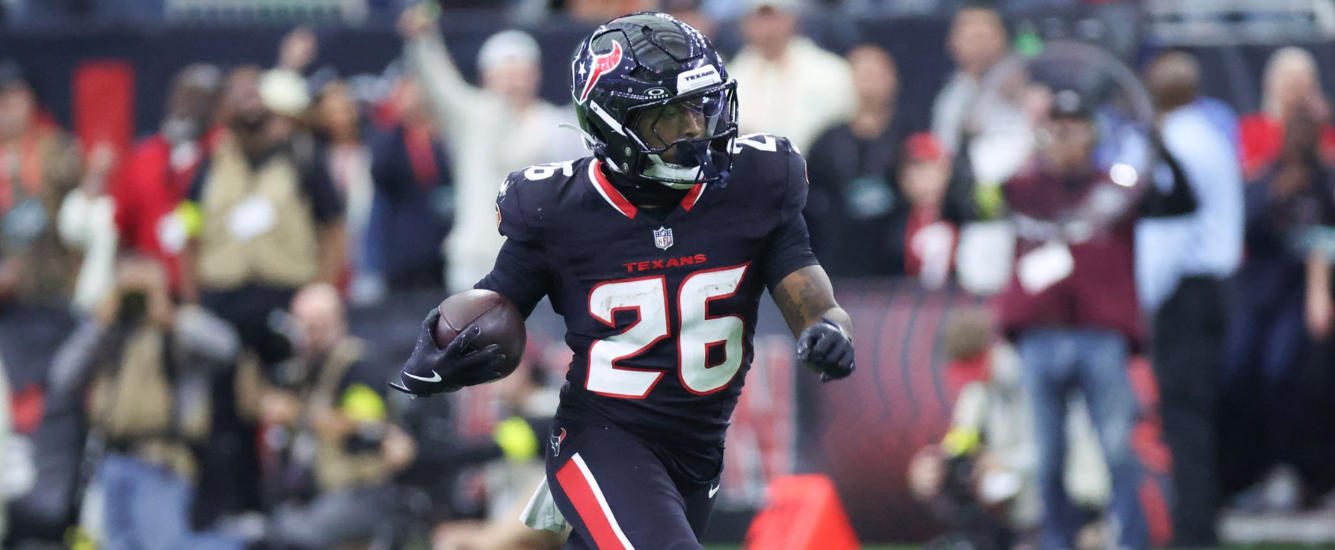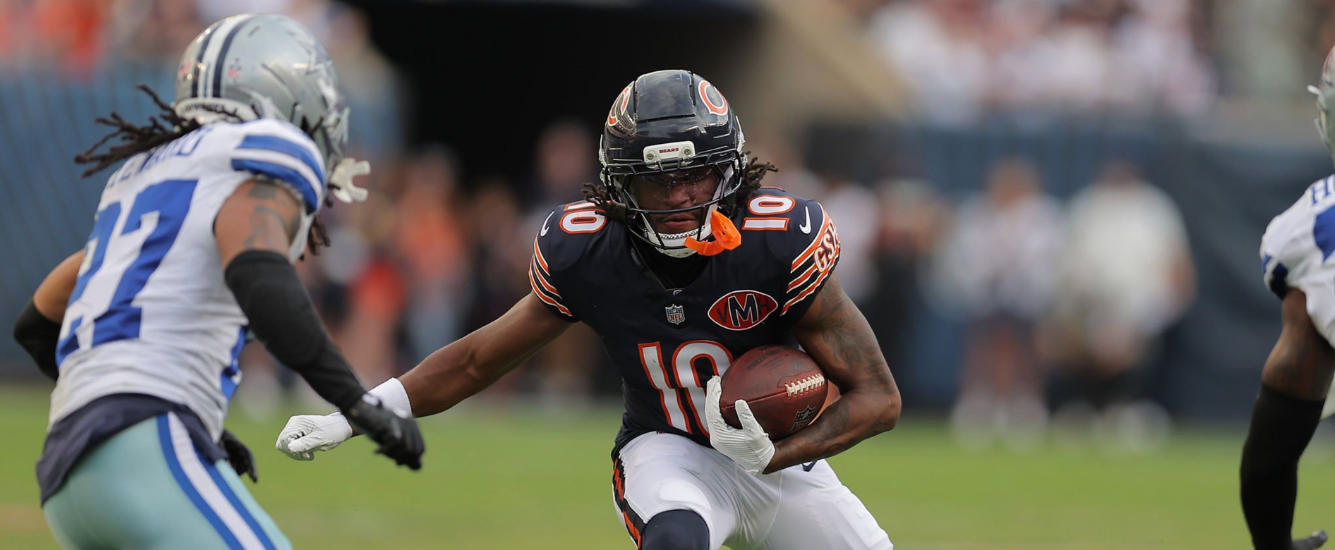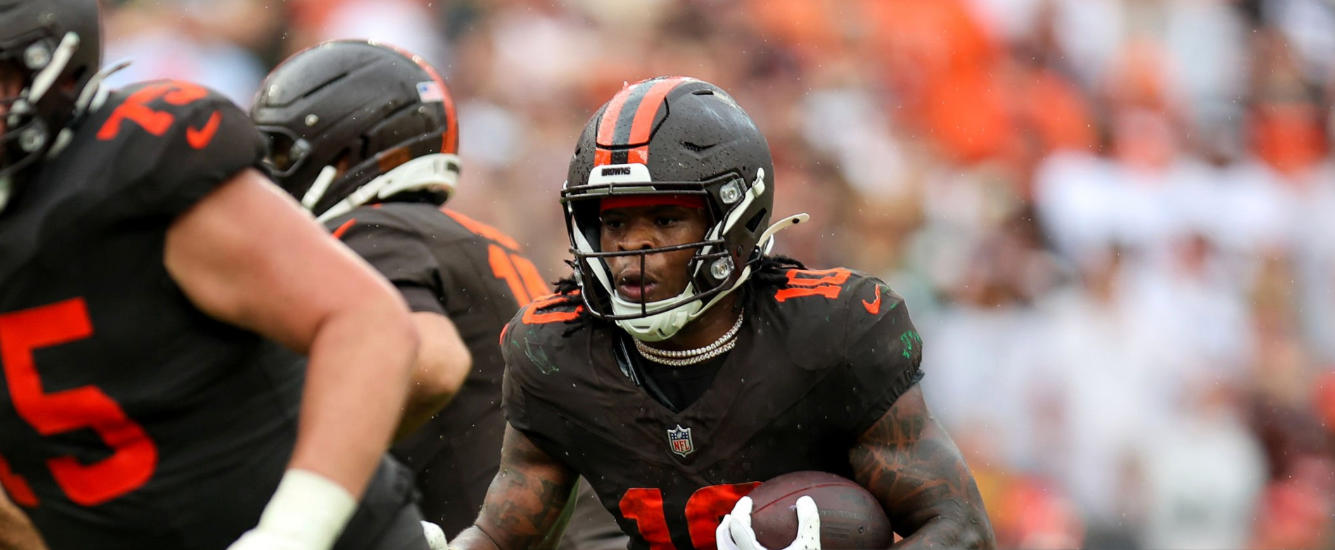Editor’s Note: I’ve been extremely excited for the release of Matt’s machine-learning WR model, so I have to brag on him for a few moments before we get into the article.
Matt’s model includes eight composite metrics.
- Age-adjusted production: This incorporates a lot of our signature RotoViz research, including Breakout Age, which Matt recently updated and improved, as well as whether prospects hit a 30% Dominator Rating.
- Advanced production: Includes the other half of Travis May’s Adjusted Production Index with yards and TDs per team attempt
- Dynamism: We know dynamic receivers transition better to the NFL, and this metric includes peripheral touches like rush attempts and the hidden value of special teams. It also captures elements of vertical ability, like the yards per reception numbers that have featured in our regression trees.
- Schedule: Looking for a model with granular SOS elements? Matt actually has three different categories here, including schedule strength, conference strength, and team defense.
- Athleticism: Physically gifted receivers tend to receive a draft-day boost, and Matt includes some of the most predictive, including Freak Score, a metric which has been helping you find TDs for six years and counting.
- Draft position
I’ll let Matt explain how he used machine learning to select the best inputs for the model and the steps he took to validate results, solve overfitting, and avoid collinearity. But there are a couple of other reasons I think you’ll enjoy his results.
First, he provides a value column to help you locate sleepers who were probably underdrafted by the NFL and are great cost-adjusted picks for your fantasy team.
Second, his 2020 model picked Justin Jefferson as easily the top WR in the class, and we all want to find the next Jefferson.
The 2020 WR Draft Class
 *Icon Scale: green=good, yellow=average, red=below average, black=well below average
*Icon Scale: green=good, yellow=average, red=below average, black=well below average
**A solid black filled cell implies part of their profile is incomplete and the mean of the sample is being used instead.
***These are sorted by their percent chance at being top 12 WR at least once in their careers





















